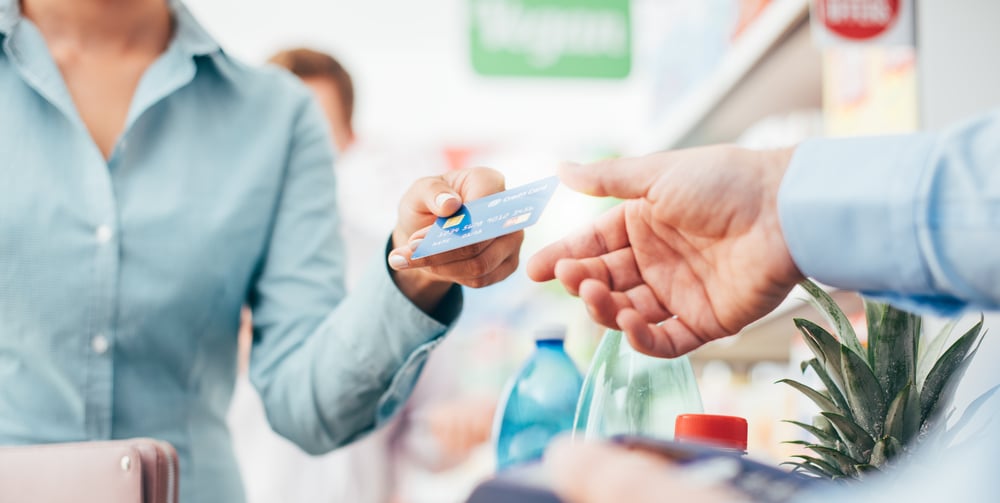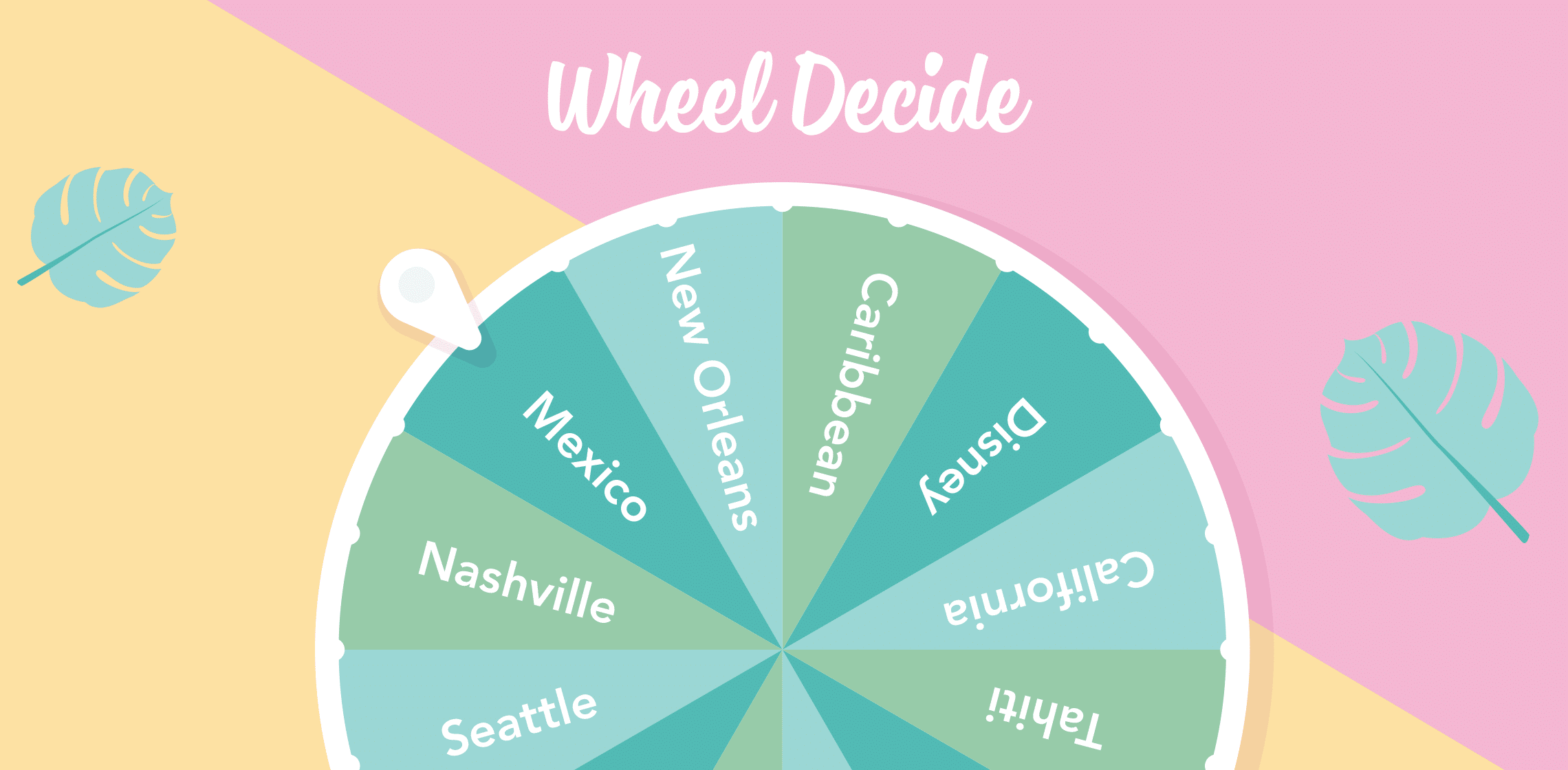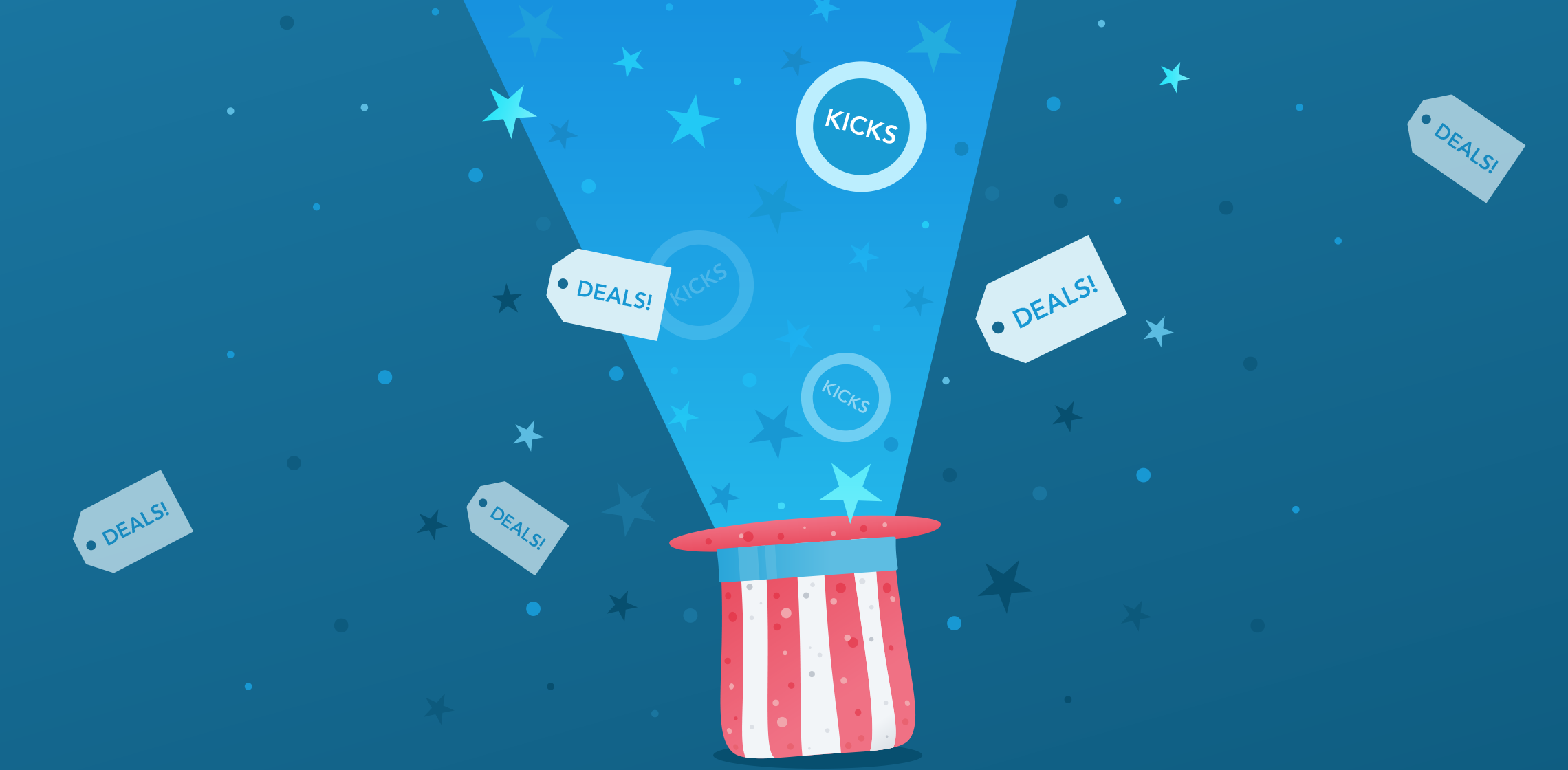AI marketing, or the process of using artificial intelligence to deliver marketing messages, allows brands to target content and increase their advertising ROI. Continue reading “AI marketing: How machine learning is improving ad personalization”
Author: shopkick
From shoppers to buyers: How to increase conversion in retail stores
Increasing the conversion rate in retail is often a significant challenge for CPG brands who have little control over the physical layout of stores. Continue reading “From shoppers to buyers: How to increase conversion in retail stores”
How marketing technology is changing in-store interaction
Before the emergence of smartphones and mobile apps, shoppers interacted with store clerks when they had questions about products. Continue reading “How marketing technology is changing in-store interaction”
3 common challenges of mobile marketing and how to solve them
For those brands looking to reach today’s on-the-go consumer, mobile marketing is the way to go. Continue reading “3 common challenges of mobile marketing and how to solve them”
3 competitive marketing strategies that are proven to boost brand visibility
How to Travel for Spring Break on a Budget
Spring break has always offered the first hint of the warmer weather to come, which is why I have a longstanding love for spring break travel. From elementary school through college, my family typically opted to go on a getaway even if we only actually spent a few nights away from home. Our goal was always simple: travel to a destination that did not have snow in the forecast. Even now with many years separating me from the time I spent as a student, March is spring break season in the same way that September signals back to school.
As much as I have always enjoyed the trips I have taken in March, I have always completely understood two of the most common problems that prevent others from taking a trip themselves: where to travel and how to keep the trip budget-friendly. Both aspects can easily become quite daunting; however, I have discovered two wonderful workarounds: Shopkick’s travel wheel and Booking.com and Hotels.com!
Spin the Travel Wheel:
Whenever I used to feel indecisive, I would sometimes find my Magic 8 Ball. I knew it didn’t have any true powers, but I knew how to best solve a problem if I found myself hoping it would say a particular answer as I shook it. Spinning Shopkick’s travel wheel offers the same type of feeling, but I think we can all agree solving where to travel on your next vacation is a fun “problem” to have!
The wheel has plenty of great destinations throughout the United States for trips of all kinds. From areas you can easily drive to throughout the South, like Charleston, Walt Disney World, and New Orleans, to places that are only a flight away, like San Diego, Yosemite, and even Mexico, there are plenty of locations (and ideas about what you can experience) right here. Where will the wheel tell you to travel to?
Book Your Trip with Booking.com or Hotels.com:
Once you decide on your spring break destination, make sure to hop over to Booking.com and Hotels.com from your Shopkick app! You will want to make sure to book through the app because you can earn 10 kicks/$1 spent between now and Sunday, March 10, for all of the spring break travel you book. It’s like earning 4% back in kicks! Both websites have incredible budget friendly options for all of the destinations we’ve mentioned. And, the great news is you can redeem your kicks for a gift card to use during your vacation. What could be better?
Now that we’ve solved two of the most common spring break problems together – where to travel and how to save money – tell us: Where will you travel during your spring break? Where is your favorite spring break destination from past trips? Let us know on Facebook, Instagram, or Twitter! Make sure to join our social media fun too because you will discover a whole community of passionate Shopkickers just like you.
Customer engagement: Why apps are pivotal in the marketing process
Thanks to advancements in mobile technology, apps have made it easier for brands to encourage customer engagement. Continue reading “Customer engagement: Why apps are pivotal in the marketing process”
How marketers are using predictive artificial intelligence in retail
In recent years predictive artificial intelligence has become a game-changer for financial services, healthcare, and other data-intensive industries. Continue reading “How marketers are using predictive artificial intelligence in retail”
Understanding the impact of influencer marketing on consumer behavior
The impact of influencer marketing on consumer behavior is similar to that of the popular kid in school—others want to befriend them, know their interests, and are inclined to follow their lead. Continue reading “Understanding the impact of influencer marketing on consumer behavior”
The most effective types of in app advertising and when to use them
For marketers, online retail efforts should focus on increasing relevant traffic and sales. Continue reading “The most effective types of in app advertising and when to use them”
How to increase sales in retail: 5 effective strategies
Earn MONUMENTAL Kicks for Presidents’ Day Weekend
Presidents’ Day weekend has officially arrived. These next few days have long received my vote as some of the best of the winter. I think that’s due in part to being able to enjoy a celebratory weekend off with friends and family. In between catching up and adventuring around town, our time together is also typically punctuated by shopping the holiday sales. This year they are even more worthwhile thanks to Shopkick! Let’s peruse the top five categories, shall we?
Athleisure:
I just heard this is the time of year when New Year’s resolutions are put by the wayside. Not this year! If working out and reaching your fitness goals is on your agenda for the year, let’s keep the momentum going.
Stop into Modell’s to get your fitness into gear with all of your sport’s must-haves as well as a new pair of sneakers. You can also shop and earn big kicks at Fabletics! Sometimes working out is all about confidence and wearing what you love will help.
Everyday:
Whether you’re prepping for spring cleaning or wanting to stock up on all of your family’s must haves from food to toiletries, Presidents’ Day weekend is a great time to check things off of your list! Walmart.com has everything at fantastic prices, and you can also shop in bulk through Sam’s Club! Both stores are offering big kicks online this weekend when you shop through your Shopkick app.
Fashion:
I have spring fashion on my mind thanks to upcoming trips {LINK TO TRAVEL BLOG} and the arrival of warmer temperatures, which means I’m already looking at spring fashion. Wedding season, spring break, and every day in between, pick up new pieces online from Forever 21 with Shopkick!
Home:
If you’re planning to relax this weekend and catch up on your must-watch list, consider purchasing a subscription to Hulu! Some of the best shows are streamed through them, and you can also rediscover old shows and movies you haven’t seen in ages. It sounds like my kind of weekend! While you’re watching, you can also browse online for new home décor with Amazon Home, Overstock, and Big Lots.
Kids’ Style:
How often do you spot styles meant for kids and think, “I wish they made that in my size?” It comes to mind all the time for me! While that might not happen, there is still so much enjoyment to experience while shopping for your favorite kids at Carter’s and OshGosh B’gosh! This weekend, both brands are offering double the kicks when you make purchases in store with Shopkick.
How are you spending your Presidents’ Day weekend? We hope you earn MONUMENTAL kicks!












